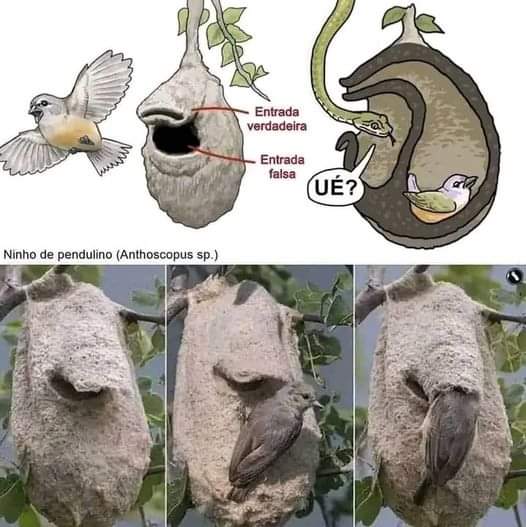The Benefits of Deception
The creation of fake entrances offers several advantages:
- Increased Survival Rates: By effectively deceiving predators, the wren significantly increases the chances of its eggs and chicks surviving to adulthood. This, in turn, ensures the continuation of its species.
- Reduced Stress: The presence of decoy entrances reduces the need for constant vigilance. While the wren remains alert, the fake entrances provide an additional safety net, allowing the bird to focus on other essential activities such as foraging and caring for its young.
- Energy Conservation: Engaging predators in a wild goose chase through fake entrances conserves the wren’s energy. Instead of engaging in direct confrontation, the bird uses its architectural skills to outsmart potential threats.
A Broader Perspective
The wren’s strategy is not unique to its species. Various other birds and animals employ similar tactics, showcasing the widespread use of deception in nature. From insects that mimic leaves to fish that create decoy nests, the natural world is replete with examples of cunning survival strategies.
Conclusion
The creation of fake entrances by birds like the wren is a testament to the marvels of natural architecture and evolution. This ingenious strategy not only highlights the incredible intelligence and adaptability of these small birds but also underscores the complexity and beauty of the natural world. As we continue to study and learn from these natural architects, we gain a deeper appreciation for the intricate web of life that surrounds us and the remarkable ways in which different species have evolved to thrive in their environments.




